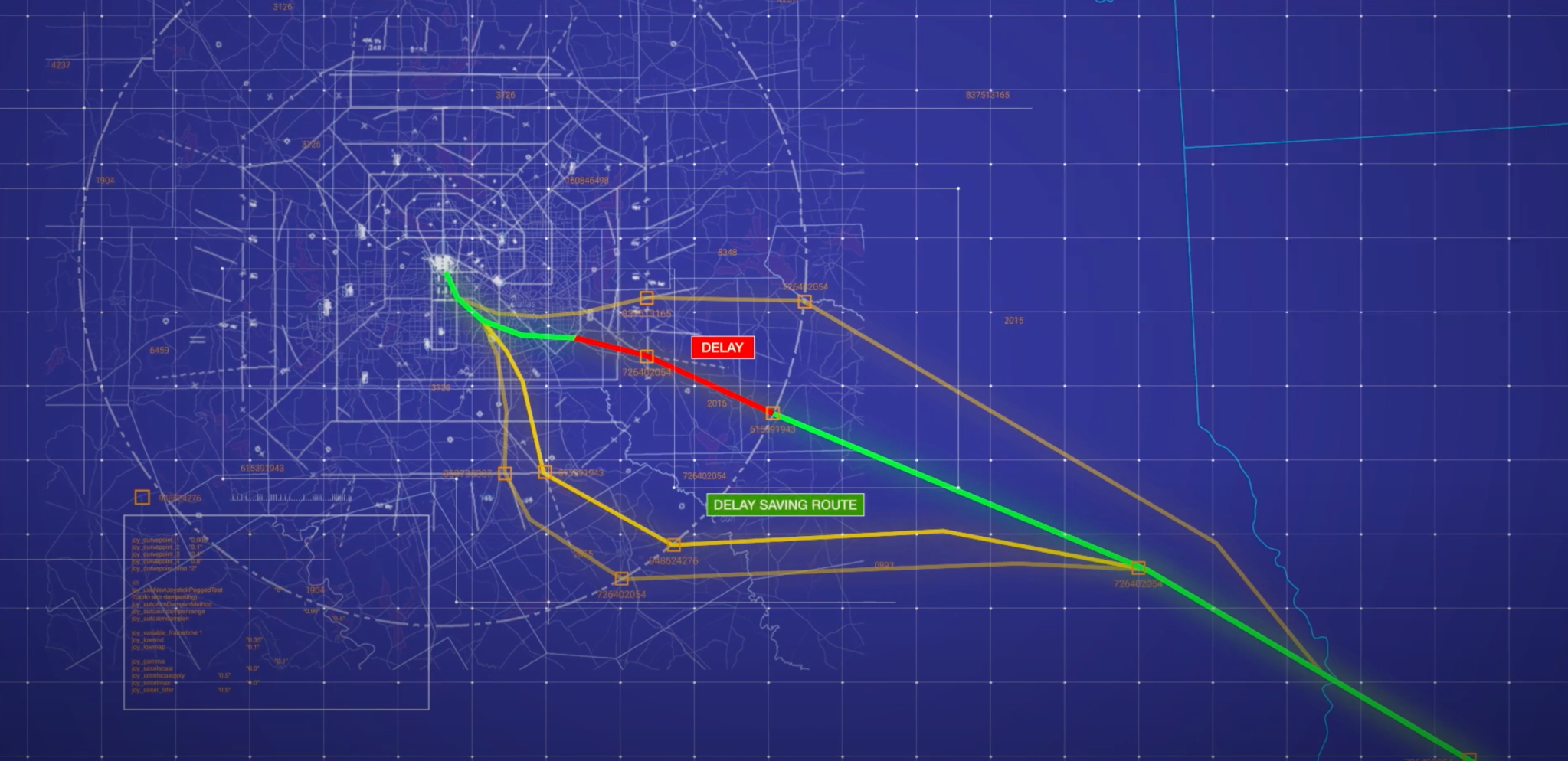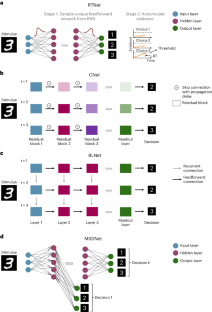2024-07-15 カリフォルニア大学校アーバイン校(UCI)
<関連情報>
- https://news.uci.edu/2024/07/15/uc-irvine-earth-system-scientists-discover-missing-piece-in-climate-models/
- https://agupubs.onlinelibrary.wiley.com/doi/10.1029/2023JD040241
E3SMにおけるグリーンランド氷床のアルベドと地表面物質収支に対する物理学的根拠に基づく氷の放射プロセスの影響 The Effect of Physically Based Ice Radiative Processes on Greenland Ice Sheet Albedo and Surface Mass Balance in E3SM
C. A. Whicker-Clarke, R. Antwerpen, M. G. Flanner, A. Schneider, M. Tedesco, C. S. Zender
Journal of Geophysical Research: Atmospheres Published: 08 April 2024
DOI:https://doi.org/10.1029/2023JD040241

Abstract
A significant portion of surface melt on the Greenland Ice Sheet (GrIS) is due to dark ice regions in the ablation zone, where solar absorption is influenced by the physical properties of the ice, light absorbing constituents (LACs), and the overlying crustal surface or melt ponds. Earth system models (ESMs) typically prescribe the albedo of ice surfaces as a constant value in the visible and near-infrared spectral regions. This work advances ESM ice radiative transfer modeling by (a) incorporating a physically based radiative transfer model (SNow, ICe and Aerosol Radiation model Adding-Doubling Version 4; SNICAR-ADv4) into the Energy Exascale Earth System Model (E3SM), (b) determining spatially and temporally varying bare ice physical properties over the GrIS ablation zone from satellite observations to inform SNICAR-ADv4, and (c) assessing the impacts on simulated GrIS albedo and surface mass balance associated with modeling of more realistic bare ice albedo. GrIS-wide bare ice albedo in E3SMv2 is overestimated by ∼4% in the visible and ∼7% in the near-infrared wavelengths compared to the Moderate Resolution Imaging Spectroradiometer. Our bare ice physical property retrieval method found that LACs, ice crustal surfaces, and melt ponds reduce visible albedo by 30% in the bare ice region of the GrIS ablation zone. The realistic bare ice albedo reduces surface mass balance by ∼145 Gt, or 0.4 mm of sea-level equivalent between 2000 and 2021 compared to the default E3SM. This work highlights the importance of simulating bare ice albedo accurately and realistically to improve our ability to quantify changes in the GrIS surface mass and radiative energy budgets.
Key Points
- The Energy Exascale Earth System Model version 2 bare ice albedo scheme overestimates the exposed bare ice albedo on the Greenland Ice Sheet by an average of 5%
- Satellite observations can infer the optically relevant bare ice properties to predict albedo over the Greenland Ice Sheet ablation zone
- Realistic spatio-temporally varying ice albedo in the Greenland Ice Sheet ablation zone increases surface melt by ∼6 Gt/year from 2000 to 2021
Plain Language Summary
A large portion of melt from the Greenland Ice Sheet (GrIS) comes from regions with dark bare ice, because dark ice absorbs more incoming sunlight than regions with bright snow. Earth System Models, which simulate changes in the Earth’s climate and the impacts of these changes, prescribe the reflectivity of these dark ice regions as a constant. This work shows that treating bare ice as though it has a constant reflectivity is not a good approximation, because the dark ice regions change as the winter snowpack melts and impurities accumulate on the ice surface. This work improves how the reflectivity of bare ice is calculated by incorporating a new physical model into the Energy Exascale Earth System Model and uses satellite measurements to inform the new model. The improvements made here show that previous methods overestimate the reflectivity of bare ice, meaning they underestimate how much light is absorbed and how much melt comes from the bare ice regions on the GrIS. It is important to have more accurate methods for determining the reflectivity of bare ice regions, as this will ultimately lead to improved estimates of sea-level rise.



